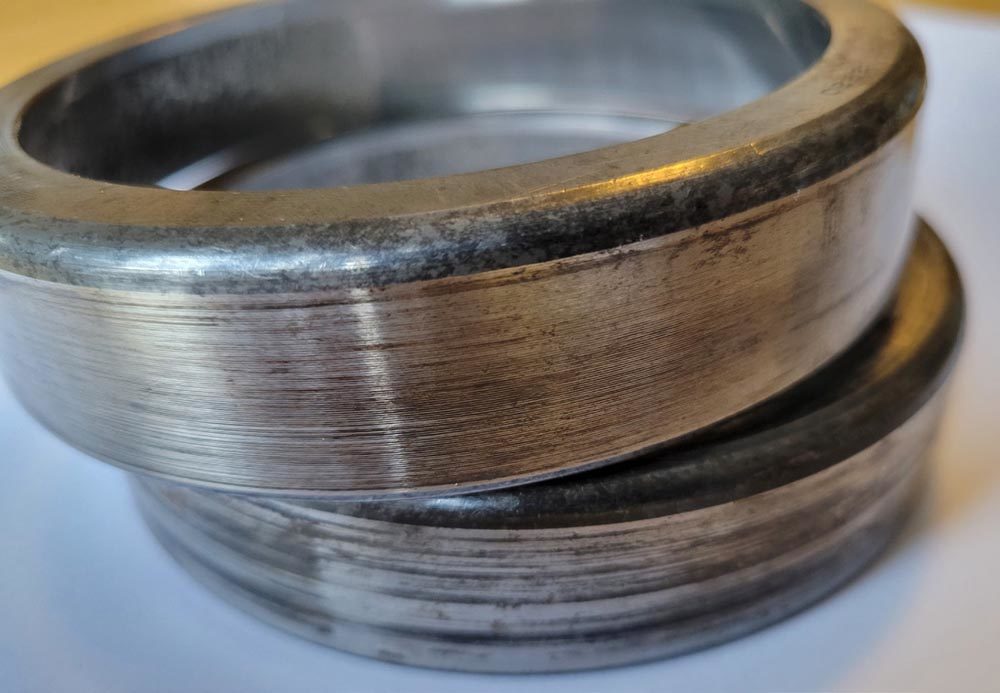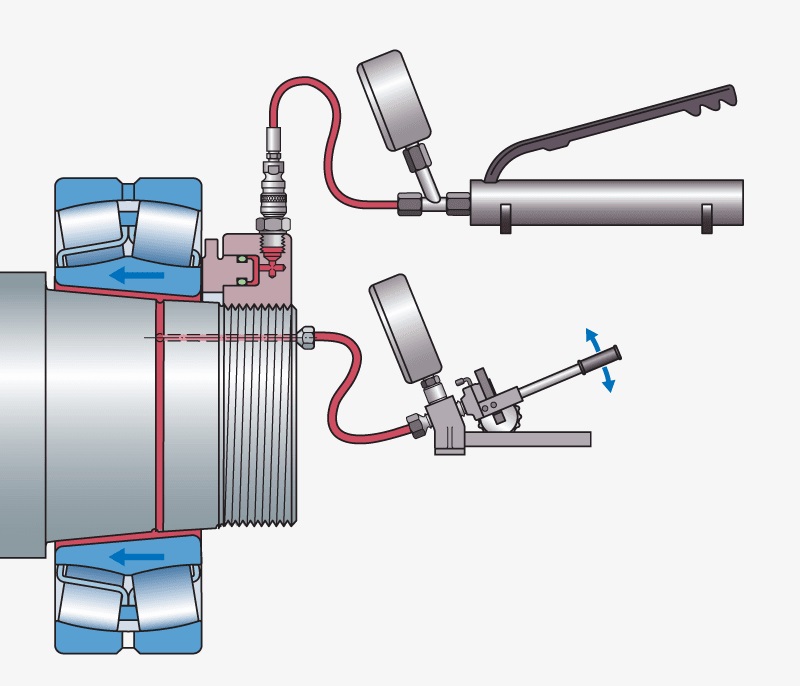Figure 1—Outer ring creep of differential tapered bearings.
I think I spend more time talking about ball bearings today than at any other time in my career. Ball bearings have always had a large place in automotive, but not typically in high demand positions—other than a few niche areas. High demand positions, such as axles and planetaries, were typically reserved for tapers, needles and cylindricals. The landscape is changing quickly. Along the rotor shaft of an electric powertrain, ball bearings and cylindricals are the most popular choices to handle the high-speed demands, often accompanied with high load demands from the first reduction gearset. The cycle count demands of these bearings are like traditional valvetrain bearings. Whenever the vehicle is moving, these bearings are in motion and taking load. Depending on the gear ratio and type of vehicle, cycle counts north of a billion are not out of the question. Over the life of a heavily loaded bearing of any sort, some amount of turning on the shaft and housing are not uncommon. Light indications of turning that aren’t plowing and damaging material are generally considered harmless. If the turning is substantial, it can create heat, wear, and become a real issue. This annoying reality that we must deal with is referred to as creep. There are a few different mechanisms that can cause creep which we will cover in depth another time. Much of the literature you will read only talks about outer ring creep, but inner ring creep is just as common and can be more troublesome.
The ball bearing design process starts with inner ring fits and if you mess this part up in the beginning, it can be difficult to fix later.
In every bearing catalog, you will start with a table that looks something like this:
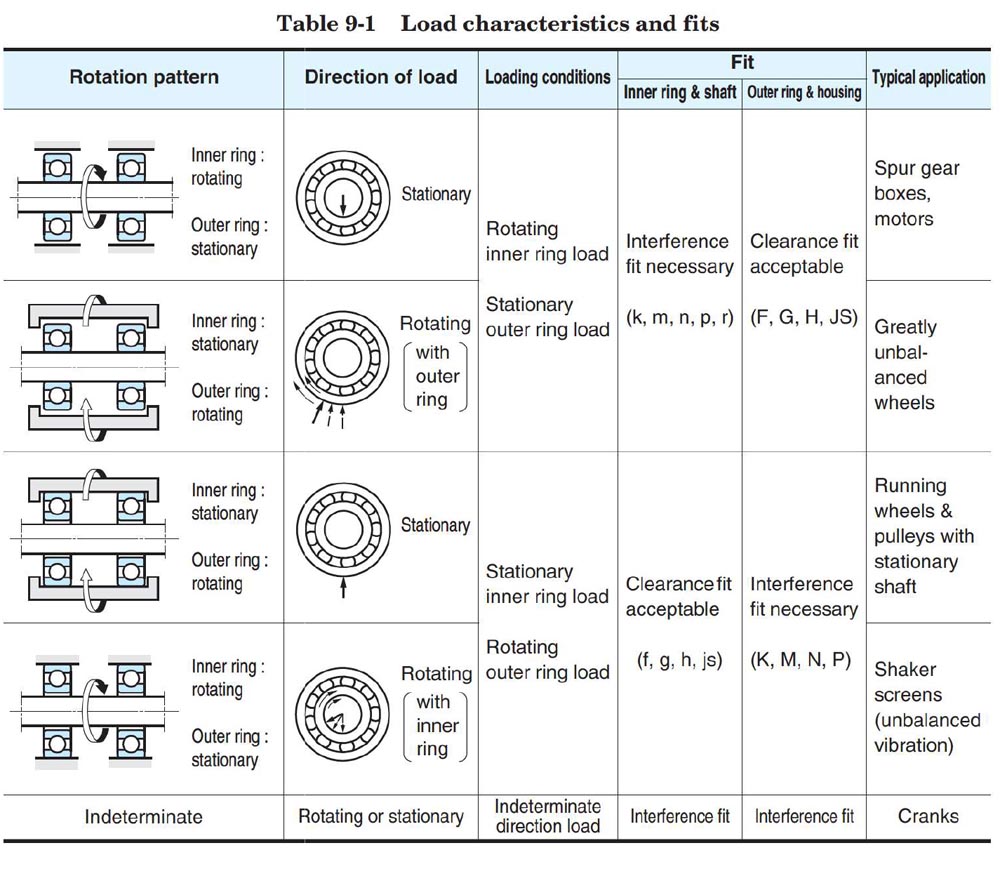 Figure 2—JTEKT Co. Cat B2001E-3 Ball and Roller Bearings Table 9-1 p.A80
Figure 2—JTEKT Co. Cat B2001E-3 Ball and Roller Bearings Table 9-1 p.A80
If you are not used to the nomenclature, gearboxes of any sort have a rotating inner ring load (the load is being delivered by the shaft), opposed to a wheel bearing which has a rotating outer ring load. This takes us to the first row of the table (above) which calls for an interference fit on the inner ring and a clearance fit on the outer ring. I get asked frequently why we have a clearance fit on the outer ring and won’t it spin in the housing? For a non-sealed bearing in an oil fed system, the answer is, you may see some light evidence of turning, but not enough to move material and/or create any type of damage. The reason why this is the case is because the bearing is usually loaded, pressing the outer ring into the housing. When we go from drive to coast or regeneration, the bearing load is briefly lifted, and the bearing may turn a little during this transition time, but no load means no damage. When the bearing is loaded, it is only the tractive force of the rollers trying to move the outer ring. There are times when this still can be an issue, but most of the time it is not. Inner rings aren’t always so obvious. I have had rings turn that had no business turning. The loads were light, the fits were substantial. Or other times, the loads were substantial, but the press fits were outrageously high. Sometimes you simply cannot get it to completely go away. It is good to have a pre-established plan for what to call acceptable and not acceptable. Many bearing engineers like the crude fingernail test. If you can feel it with your fingernail, it’s not great. First, determine if the bearing has been turning. On a ball bearing, there will often be some obvious abrasion on the inner ring or polishing of the surfaces. After test, if the bearing bore, shaft, or parts of the bearing seem unusually shiny, it likely has been turning. The photograph (third column, top) is a taper, but was a good example of a bearing that was obviously turning, but didn’t damage any mating components.
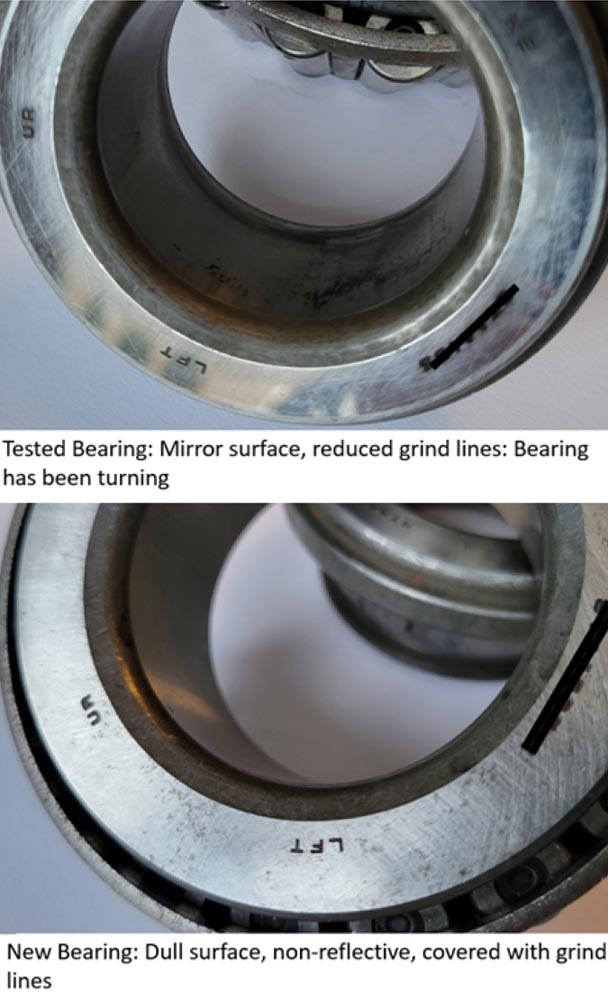
Then determine the level of damage. If the bore is black or heavily scored, you probably need to revisit your fits. If it is like the bearing photograph (third column, bottom), some light turning, but no damage—cannot feel anything with your fingernail, you may be ok if it was a severe test and you don’t anticipate it getting any worse.
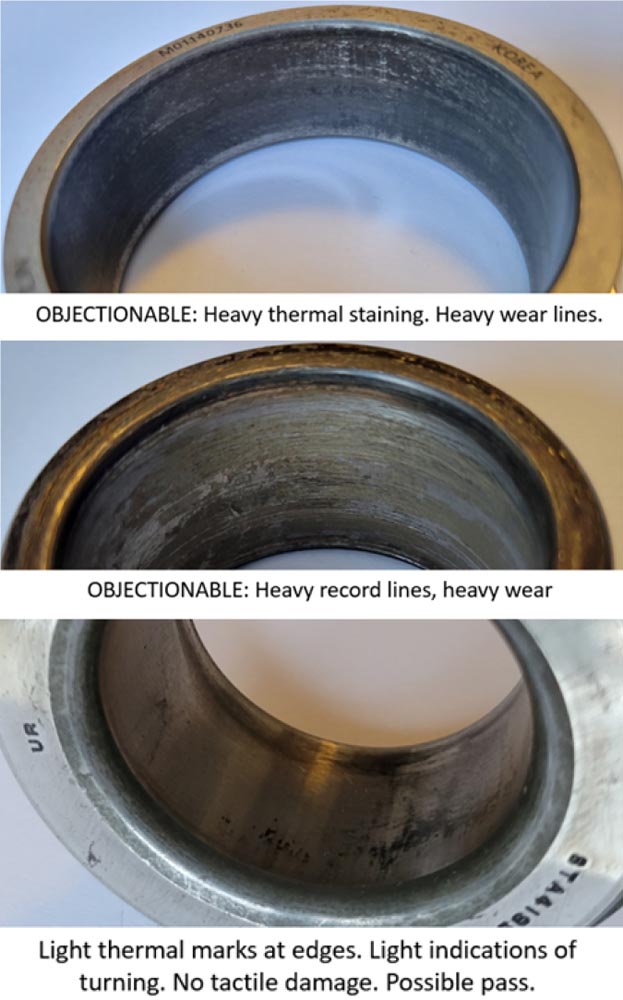
I love having a fit chart on hand at all times. One easy point to remember is that an H fit is a line to line fit for both shaft and housings. As you move up the alphabet, the fits get tighter. The number represents the IT (international tolerance) band for each fit. A 6 might have a 12 µm tolerance where 8 might have a 25 µm tolerance—all depending on the specific size.
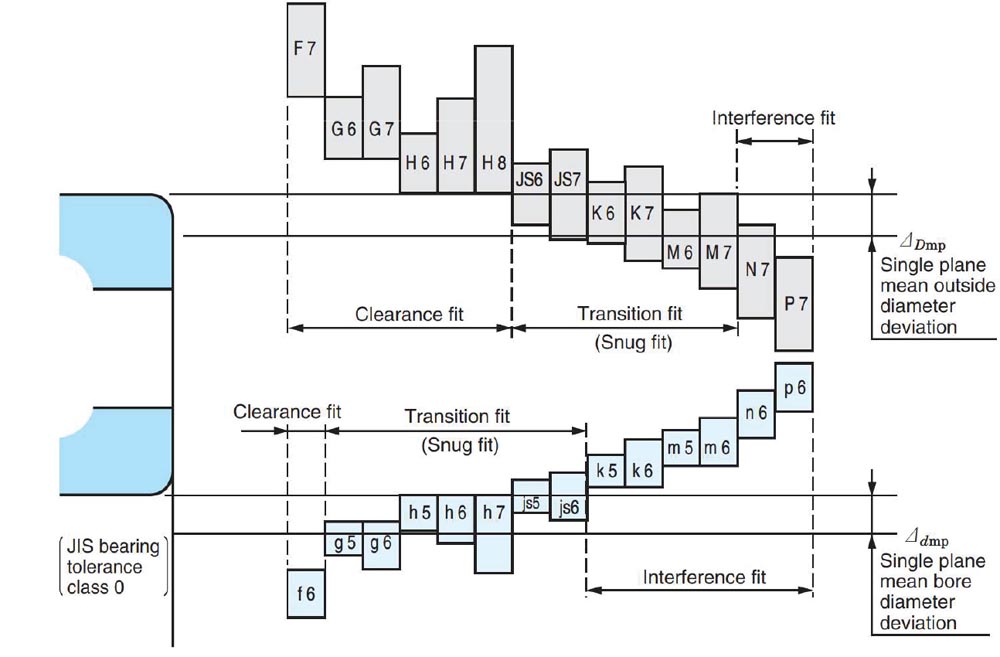
Figure 3—JTEKT Co. Cat B2001E-3 Ball and Roller Bearings Figure 9-1 p.A80
Around this same area in the catalog, there will be a more detailed chart with the most important disclaimer you are going to see. This chart only applies to solid shafts. That is not to say if you have a hollow shaft, the chart is useless. Very generally, I like to assume a 1 class higher fit for hollow shafts. If the chart says a k shaft for instance, I will often start with an m fit and seen how the math works out.
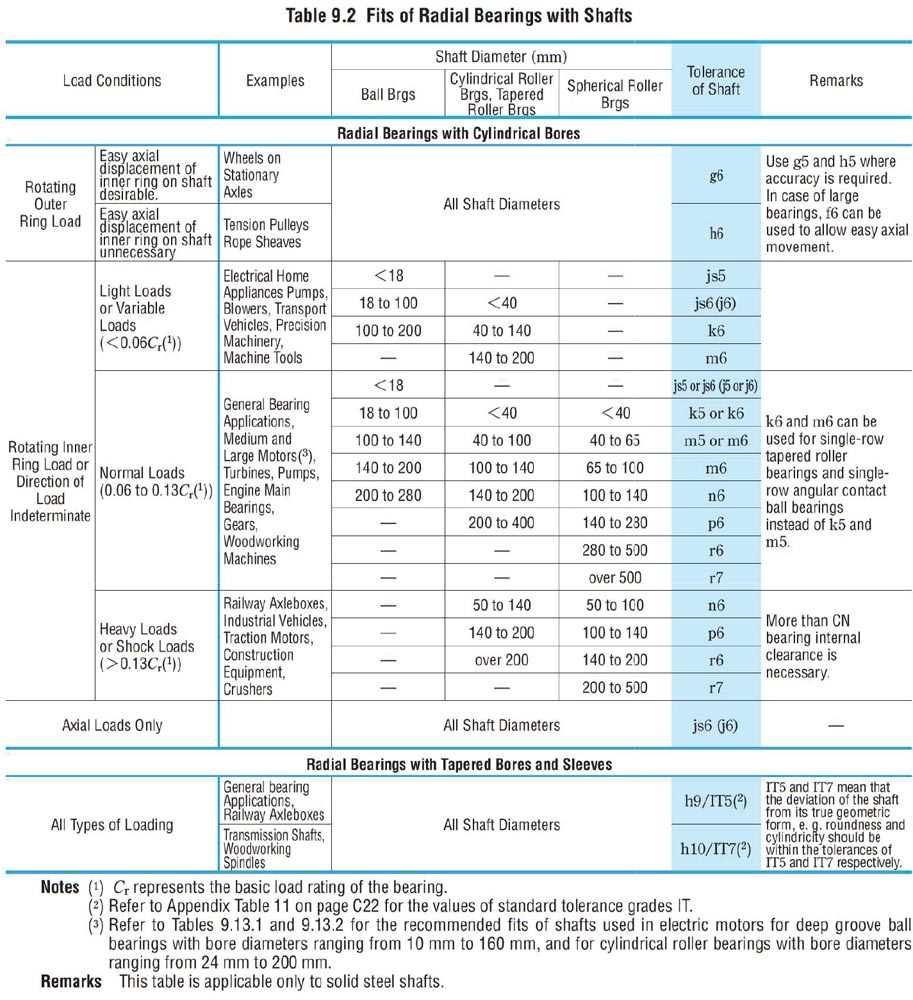
At this point, you’ll have a decent guess for the bearing fit. From the chart (below left) for a 25 mm shaft with moderate loads, you will often find yourself in the k5, k6 area and thinking about the m fits for a hollow shaft. This is where the important part starts. When we press fit a bearing on a shaft, the bearing inner ring is going to expand. We never want the bearing internal clearance to go to zero and into radial preload. Ball bearings can handle a very small amount of radial preload—5–10 µm—but this should not be built into the operating design. This might be a consideration for very extreme conditions, such as running a sustained high-speed test where the inner ring temperature might be ~ 20°C hotter than the outer ring and could allow 5 µm of preload for that specific test. We do not want radial preload during normal operating conditions. It generates huge internal loads to the bearing and increases operating temperature which further increases internal loads. This can develop into a spiral that results in failure. Regardless of our fit, the bearing internal clearance must be designed to match at this point. Let’s talk about nightmare scenario one. You are purchasing the motor and shaft that you are pressing your bearing onto. You find late in testing that the bearing is spinning too hard and needs to have the shaft fit increased. The motor supplier won’t cha-nge their dimension without revalidating. The bearing supplier will adjust the clearance, but puts you into a separate manufacturing run which increases the cost. You are in trouble. With this scenario in mind, it might sound tempting to increase your fit as much as possible, but there are two roadblocks on that side as well. First, there is a hoop stress limitation for the bearing inner ring to avoid risking cracking the ring. The typical guideline for this 120 MPa for ball bearings—though numbers up to 150 MPa are not uncommon. The second roadblock is serviceability. Bearings that are around 150 MPa or more are incredibly hard to remove without damage (usually from cutting them off). We find our design window getting smaller. We need to know how much fit we really need. This is based on the operating load and a simple equation buried in my favorite catalog, the NSK Technical Report (Fig. 4, page 41).
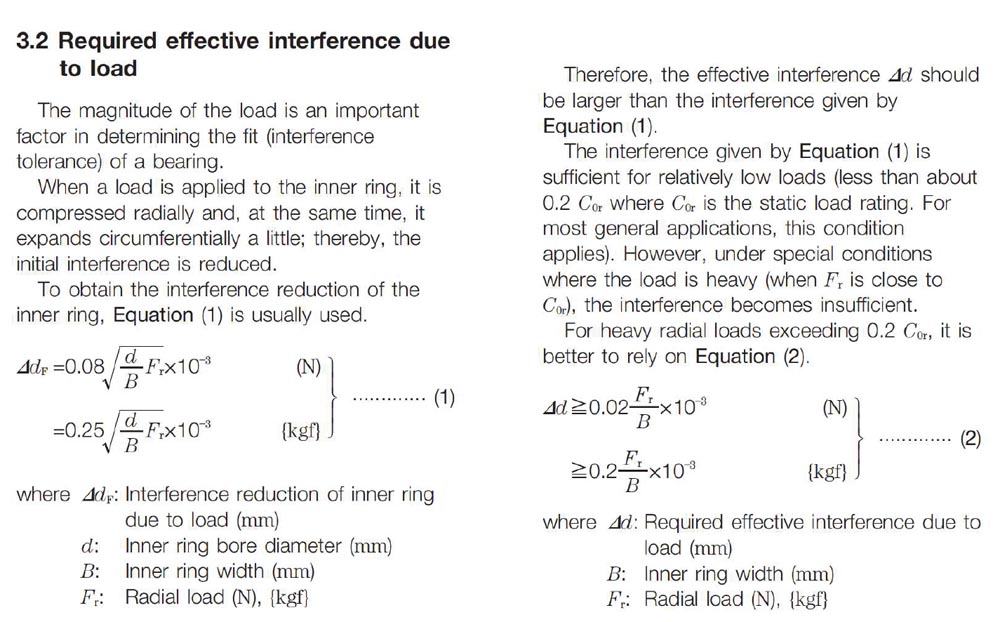
Figure 4—NSK Technical Report Cat. No. E728g p. 64
Let’s apply this to a standard 6205 running up to 50 percent of the dynamic load rating.

Fifty percent load falls under equation 2. ∆d ≥ 0.02 (7.7 kN/15 mm) = 10.2 µm. This is the interference fit needed to avoid creep at this load. Even though this formula does not specify hollow or solid shafts, I have found it sufficient for both and usually higher than the table recommendations. This is a little higher than an m5 fit which is 8–17µm for a 6205. The very next step from here is calculating the hoop stress for the fits at the upper end. Most people do this through bearing software or FEA analysis, there are a couple of free online bearing calculators on the bearing manufacturers sites and there is a cumbersome manual calculation also found in most bearing catalogs. Secondly, you need to talk to the bearing supplier about what your options are and what clearances you should be running. What is going to cost you pennies and what is going to cost you dollars? And finally, if you haven’t already done this, what load do you really need to protect for? Hopefully I have done my job and convinced you that not every micron of turning needs to be stopped. How do your calculations change if you allow the top 10 percent of the loads go above the creep calculation? How much time are you really going to spend at 50 percent, etc.?
In our next post, we will finish out this example for completely defining the fit and internal clearance along with talking about outer ring creep.

